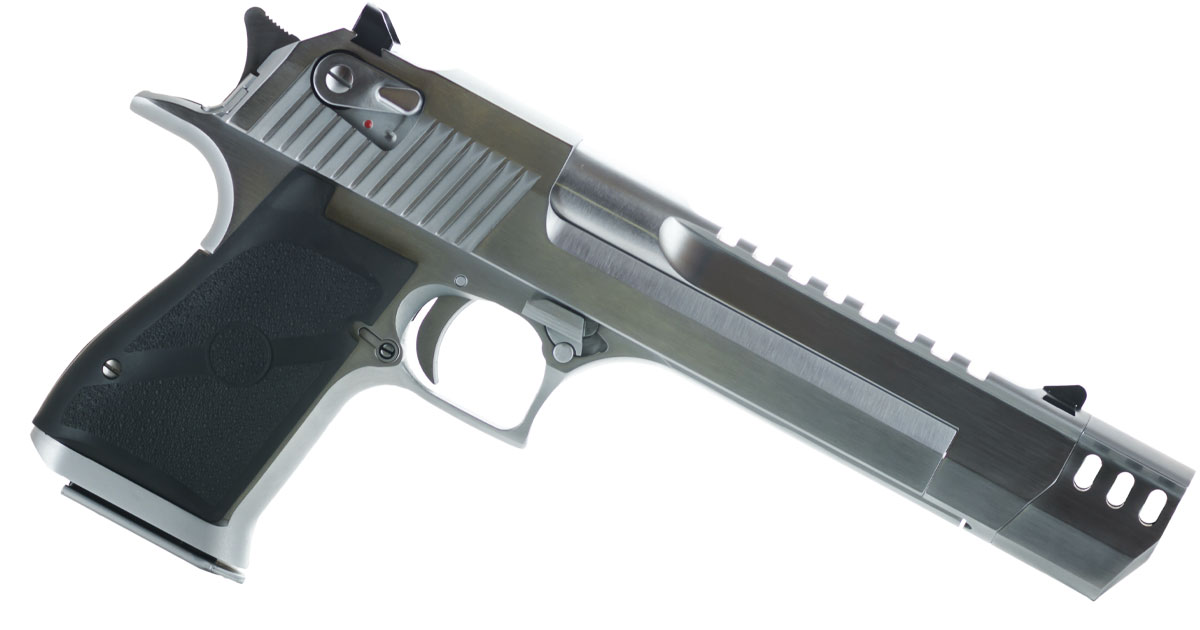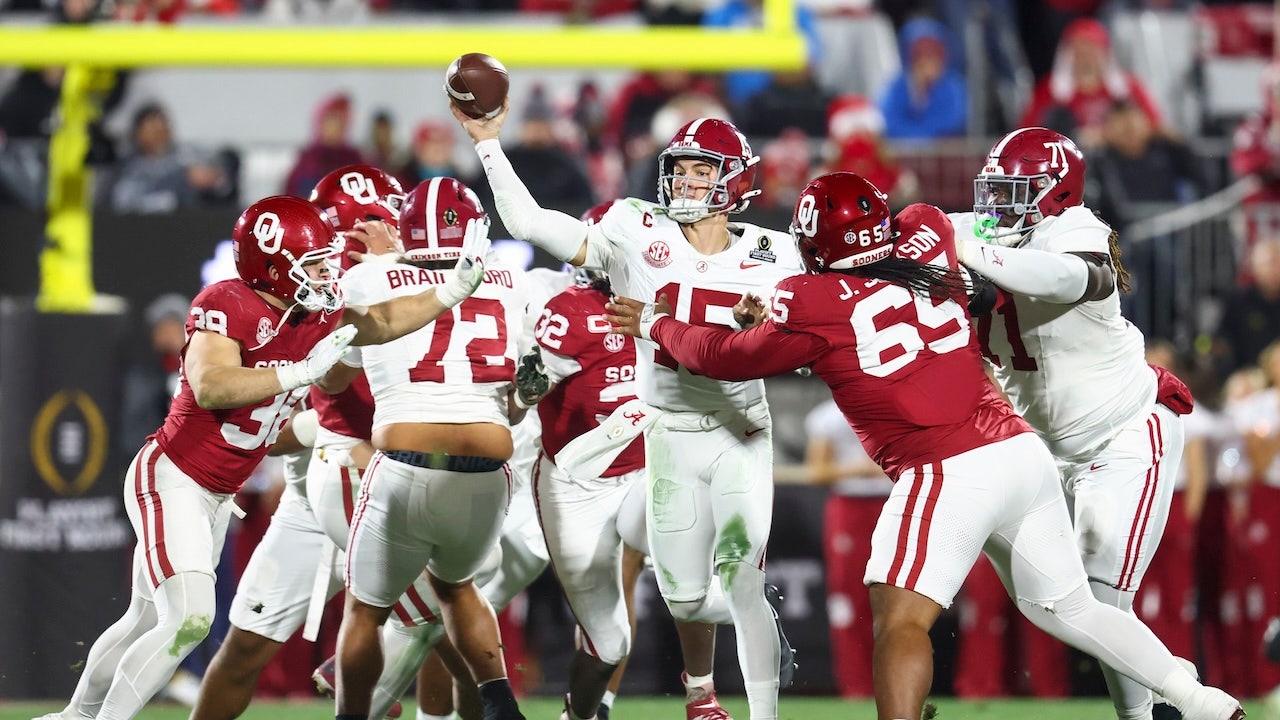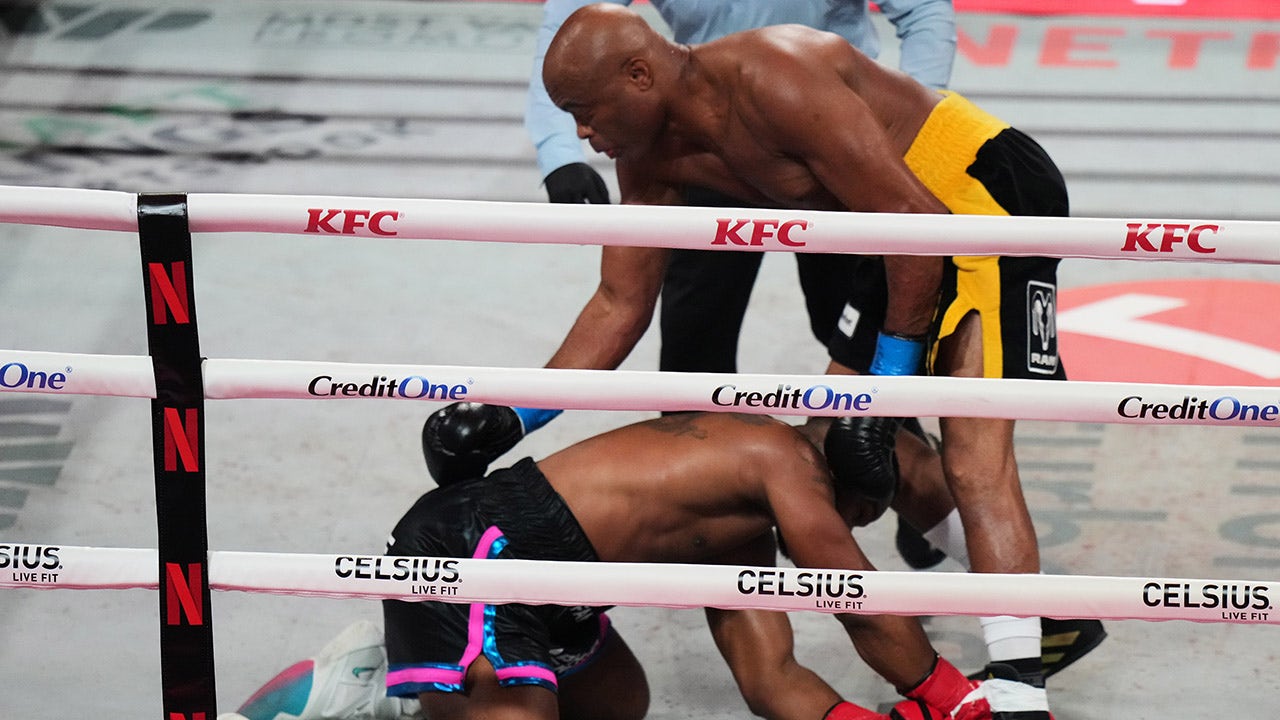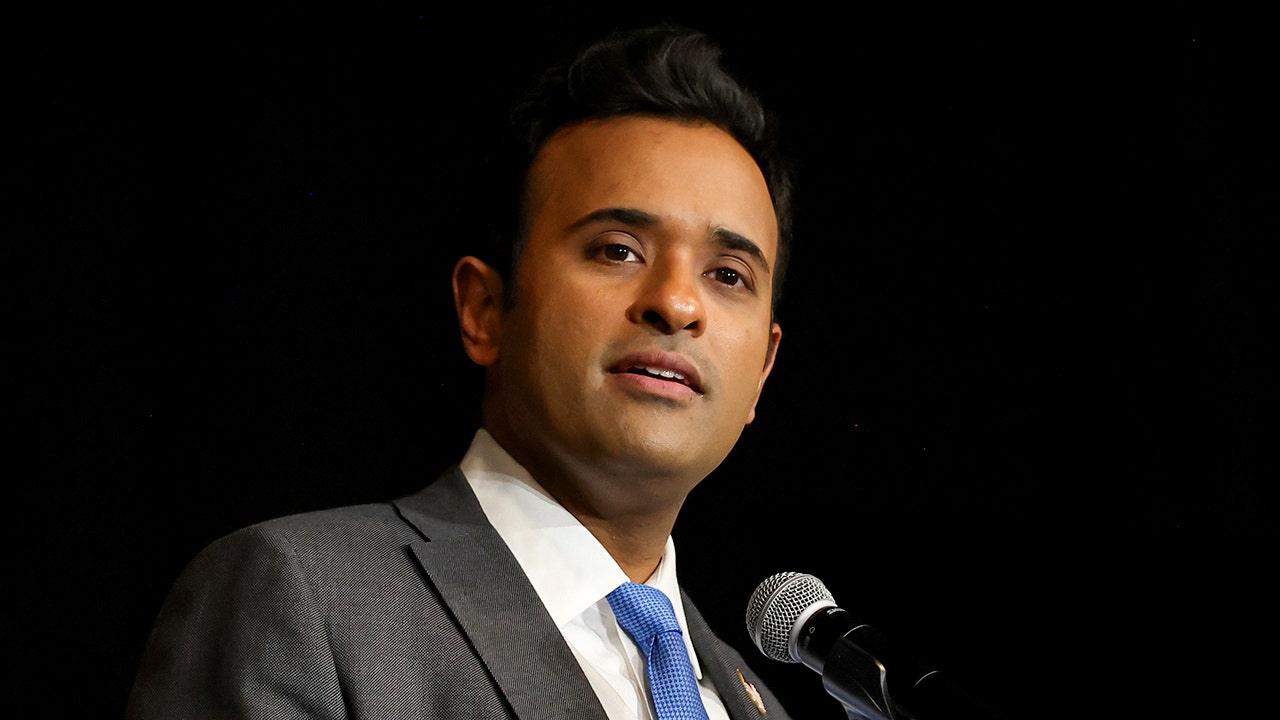How Much Gun Should You Carry?

When the Glock 19 was introduced in 1988, it created an immediate stir. Popular handguns during that period included the S&W Model 686 revolver, 1911, Beretta 92FS, Glock 17, and the Sig P226, all of which were larger and heavier. The 9mm cartridge had not been developed to the point it is today, and many people still carried a 1911. Compared to it, the G19 was smaller, measuring 7.3″ long versus 8.4″, lighter, weighing 21 ounces versus 39, and had a dramatically greater capacity of 17 rounds versus 8. The G19 quickly became the best-selling handgun for concealed carry in the country because it was easier to conceal but offered almost the same performance as a full-size gun.
Today, while the G19 is still a very popular gun, it has a lot of competition from smaller and more easily concealed handguns like the Sig P365, S&W M&P Shield, and the Glock 43X. The trend is toward smaller, more concealable handguns. But smaller guns come with a trade-off in performance. So, are you taking a chance that you may not have enough gun to do the job of defending yourself if the need arises when carrying a micro-compact?
Comparing Advantages and Disadvantages
Before going into the decision-making process on how much gun to carry, it would be a good idea to look at how different a larger handgun is from a smaller one.
Larger Handguns
Larger, heavier handguns have several practical advantages over smaller guns that make them easier to shoot accurately. Their size makes it easier to get a good grip on than a gun with a narrow, short grip. This enables better control and makes them easier to handle with wet hands. Being heavier, they deliver less recoil, making it easier to get back on target quickly. It also makes them more comfortable to shoot, which makes it more fun to practice with them. A longer barrel allows more of the propellant to burn before the bullet exits the barrel, delivering slightly better muzzle velocity. Finally, although many people use optics, most carriers still rely on iron sights, so the longer sight radius improves accuracy, especially at longer ranges.
On the downside, the larger the gun, the more difficult it is to conceal, although holster systems like the Enigma from PHLster go a long way to alleviating that. Another drawback is weight. A good stiff belt will make even a heavy gun ride better, but it will still weigh just as much.
Pros:
- Easier to shoot well
- Greater sight radius for long-range accuracy
- Greater capacity
- Easier to handle in adverse conditions
- Slightly greater muzzle velocity from the same ammunition
Cons:
- More difficult to conceal
- Heavier
- Larger grip might not fit smaller hands as well
Small Handguns
The advantages and disadvantages of small guns are pretty much a mirror image of the same discussion for larger guns. Obviously, the smaller the gun, the easier it is to conceal. Smaller guns also offer more carry options, such as pocket carry and ankle carry, things you cannot do with a large gun. They are also lighter than large guns, both because of the weight of the gun itself and because a large gun often has more ammunition capacity, and unfired cartridges add weight.
The downsides are the opposites of all the larger guns’ upsides. These include less grip to get a hold of, often leaving your pinky finger dangling, and greater perceived recoil, which slows down target reacquisition on subsequent shots and makes the gun harder to control. More recoil also makes guns less fun, and sometimes even painful, to practice with, so people often do not shoot them as much at the range to retain skills. Unless you have a mounted optic, the shorter sight radius will affect accuracy.
Pros:
- Easy to conceal
- Light
- More concealed carry options
Cons:
- More difficult to shoot well
- Shorter sight radius affects accuracy
- Light weight amplifies recoil
- Lower ammunition capacity
- More difficult to keep a grip on when wet or bloody
- Slightly lower ammunition performance
How To Decide
This is one of those questions that does not have a single “right” answer. In truth, the answer is “it depends.”
Goals
What is your goal in carrying a gun? Are you just looking for a way to defend yourself in an encounter with a would-be criminal, or do you want a gun that will be more effective in an active shooter situation or if confronted with multiple assailants? To answer that question realistically, you must do a personal risk assessment.
Risk Assessment
A violent assault can indeed happen anytime, anywhere. You don’t even have to go out of your yard. People have been assaulted while mowing the lawn, working in their garage, and sitting in their home. However, there are places and circumstances where and when you are more likely to be targeted than others. For example:
- Spending a lot of time in crowded environments where the chances of an active shooter are greater
- Being out after dark, especially in urban environments
- Frequenting entertainment districts
- Frequently carrying large sums of money or making regular deposits of business proceeds
- A job that requires a lot of driving and going to multiple addresses, such as delivery
If, on the other hand, you spend most of your time in suburban environments, you are probably less likely to encounter a crazy shooter or a group of criminals, although it does happen. It is up to you to determine your risk profile and use that as one factor in deciding what type of gun to carry. Ideally, in a high-risk situation, you would be armed with a rifle and equipped with body armor, but that is simply not practical under most circumstances, which makes a large handgun the next best option.
Concealability Requirements
A great deal depends on your daily environment and how difficult it will be to conceal your gun. Generally, as we’ve already discussed, smaller guns are easier to conceal. Again, the PHLster holster system allows the carry of a larger gun in most situations, but even they say their holster has limitations depending on your body, so nothing is foolproof. You simply must look at your unique situation and decide what will work. I like larger guns, but when I go to an eye doctor or dentist, I pocket carry in a DeSantis Super Fly with the outer flap installed because there is no danger of my shirt coming up and my gun showing, or someone leaning over me and feeling it. I also wear 511 covert carry pants that have hidden zippered inside pockets under the regular pockets.
Ability
Ability is a big factor in deciding if you can get by with a smaller gun. This requires one to be brutally honest with oneself, and not let the Dunning-Kruger effect, where lesser-skilled individuals do not recognize their lack of skills, influence them to carry a gun they cannot shoot well under pressure, or maybe even at the range, assuming they go at all. A highly skilled and well-trained shooter can effectively shoot a micro-compact like a Glock 43 or a Taurus GX4 better than many people can shoot a Glock 17 or Beretta 92. As with anything else, you have to put in the time if you expect to be good. If you go to the range a couple of times a year, don’t expect to stop an active shooter at 100 yards with a P365.
The Final Analysis
I am a great proponent of carrying the largest gun practical, especially in the environment we find ourselves in today. Part of that is because I like to be prepared for whatever situation arises. Elisjsha Dicken stopped the rifle-armed Greenwood Park Mall shooter by hitting eight out of ten shots at 40 yards with a Glock 19, which has a 4″ barrel, while under extreme pressure. Dicken had no police or military training. He learned basic shooting skills from his grandfather and practiced a lot. Whether he could have done that with a very small gun with a 3″ barrel, like a P365 or Hellcat, is a good question, and one we should ask about ourselves as part of the how much gun is enough discussion.
Read the full article here









